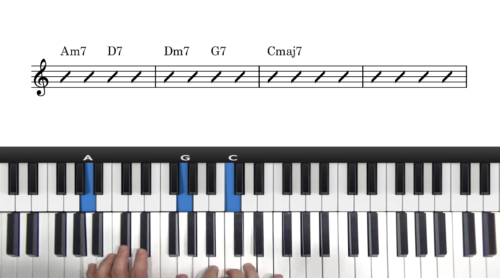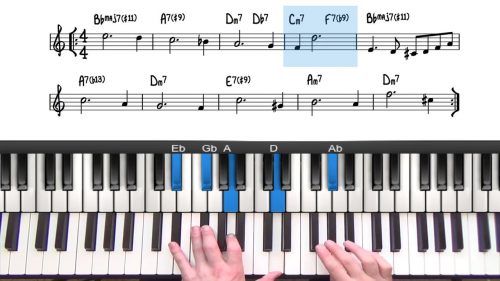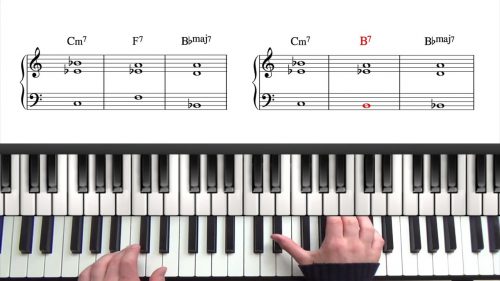Smoke Gets in Your Eyes Tutorial
In this lesson we’re going to create a solo piano arrangement of the ballad “Smoke Gets In Your Eyes”, written by Jerome Kern with lyrics by Otto Harbach.
Notable Recordings
Originally from a 1933 musical Roberta, it has been recorded numerous times since then. Good versions to check out are recordings by Thelonious Monk, Teddy Wilson, Keith Jarrett and Glenn Miller Orchestra.
When learning a new song, I highly recommend you listen to as many vocal versions as you can. It’s a nice way to sing and learn the melody and you will also become familiar with the lyrics. For example, Sarah Vaughan and Nat King Cole have great versions of this song.
Practice Tips
-
Spend some time to listen to well known versions of this tune. It will give you more insight into phrasing of the melody and the meaning behind the lyrics.
-
There are many examples of tritone substitution in this arrangement. Check out the Tritone sub lesson in the related lessons above for more information about this kind of harmonic movement.
-
This is quite a long arrangement and there is a lot of information to take in. Try practising it in 2 to 4 bar sections and once you learn each section slowly begin to stitch them together.







What is the theory behind the reharmonization of Ebmaj7 to C7addb9 in the beginning of the 3rd A section? I noticed the lead sheet has it as Ebmaj7 and it wasn’t explained why it was changed in the video. Thanks!